Medicinal mints for your home garden
How to start an easy and inexpensive mint garden that supports your health.
People often ask me which are the go-to medicinal herbs I incorporate into my daily routine. Mints, of course!
I’m a big believer in food as medicine. A plant-based diet with plenty of fragrant herbs and spices can profoundly impact your physical and mental well-being. Plus, I relish the chance to infuse my meals and drinks with fresh herbs whenever I can!
Yet, as anyone with a gardening hobby can attest—the cost of buying many potted herbs at your local plant nursery can quickly add up! Starting your garden herbs from seed can be a hit-or-miss affair.
Here’s the great news: some herbs and vegetables can be started simply by encouraging cuttings of the plant to root in water. I’m doing this right now with some of my favorite mints: peppermint, thyme, and rosemary. If you don’t already have access to these or other mints in your garden (or that of a friend)—don’t worry! You can also grow these from simple starting materials found in your local produce section!
How to grow mints from cuttings
All that you need to grow mint plants from cuttings is a little water, a lot of love, and time. Getting mints started in water is super easy, and you can even begin with fresh herbs found in the supermarket. Here are the basics:
Take healthy, fresh stems with leaves of your mint plant (could be basil, sage, rosemary, peppermint, etc.—your choice!) and remove the leaves from the bottom 3-4 inches of the stem.
Place the stem in a glass of water, submerging the bottom 2 inches of the stem in the water while keeping the leaves out of the water.
Put your glass by a window to get at least 6 hours of sunlight daily.
Swap out the water every five days for 2-3 weeks. If the water turns color, replace it with fresh water.
Check occasionally on root formation and ensure the roots are under the water line.
In a few weeks, you’ll have a plant ready to transplant into soil—whether in a balcony garden pot or a garden bed!
NOTE: Some mints do better in soil propagation rather than water. Lavender is an excellent example of this. To propagate your cutting in soil, prepare it as in step 1, plant in soil and keep it moist (not drenched) during root formation.
Medicinal mints
Mints belong to the Lamiaceae plant family. This family includes a great variety of valuable herbs featuring chemistry rich in aromatic medicinal terpenes like menthol, caryophyllene, limonene, and pinene. Some of the favorites I grow in my garden include holy basil, lavender, catnip, lemon balm, sage, spearmint, basil, peppermint, thyme, and rosemary. Today, I’ll focus on these last three as they are the easiest to find in the produce section of many grocery stores.
Peppermint
Peppermint (scientific name: Mentha x piperita) has long served in both culinary and medicinal purposes. Fresh mint leaves can be used to freshen your breath and ease stomach discomfort. Laboratory studies have revealed that peppermint has antimicrobial and antioxidant properties and a calming effect on gastrointestinal tissue.
Thyme
Thyme (scientific name: Thymus vulgaris) has a long history of traditional use for various respiratory, digestive, nervous, and cardiovascular conditions. It is often prepared as tea and has exhibited exceptional antimicrobial properties. Thymol, a terpene compound derived from the plant, is valuable in cleaning products and is included in the EPA's list of surface disinfectants against various viruses, including SARS-CoV-2, the virus responsible for COVID-19.
Rosemary
Rosemary (scientific name Salvia rosmarinus, formerly Rosmarinus officinalis) is a culinary mint known for its potent antioxidant, antimicrobial, and anti-inflammatory properties, making it popular as a food and medicine ingredient. It's one of the hardiest and easiest mints to grow in a garden. Rosemary is an excellent ingredient for promoting skin and hair health.
Where to learn more
An astonishing number of herbs and vegetables available in the produce section of your neighborhood market can be propagated through cuttings. Check out this oldie-but-goodie episode of Foodie Pharmacology: No Seeds? No Problem! with Dr. Chris Gunter. Chris is a professor of Horticultural Science and the Extension Vegetable Production Specialist for the commercial vegetable industry in North Carolina, working with commercial vegetable growers to maintain a high quality of life through integrated, economical, and environmentally sound production practices.
Wrap-up
Whether you are new to gardening or a pro, propagation of mint cuttings is a great way to start the spring! I find joy in watching these plants grow, and I hope you will too!
Yours in health, Dr. Quave
Cassandra L. Quave, Ph.D. is a scientist, author, speaker, podcast host, wife, mother, explorer, and professor at Emory University School of Medicine. She teaches college courses and leads a group of research scientists studying medicinal plants to find new life-saving drugs from nature. She hosts the Foodie Pharmacology podcast and writes the Nature’s Pharmacy newsletter to share the science behind natural medicines. To support her effort, consider a paid or founding subscription, with founding members receiving an autographed 1st edition hardcover copy of her book, The Plant Hunter.


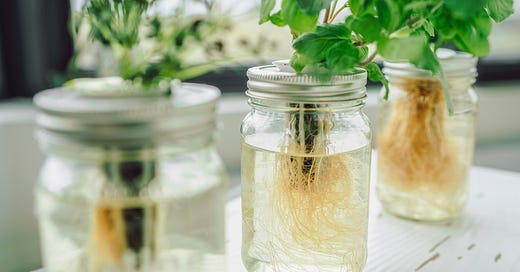



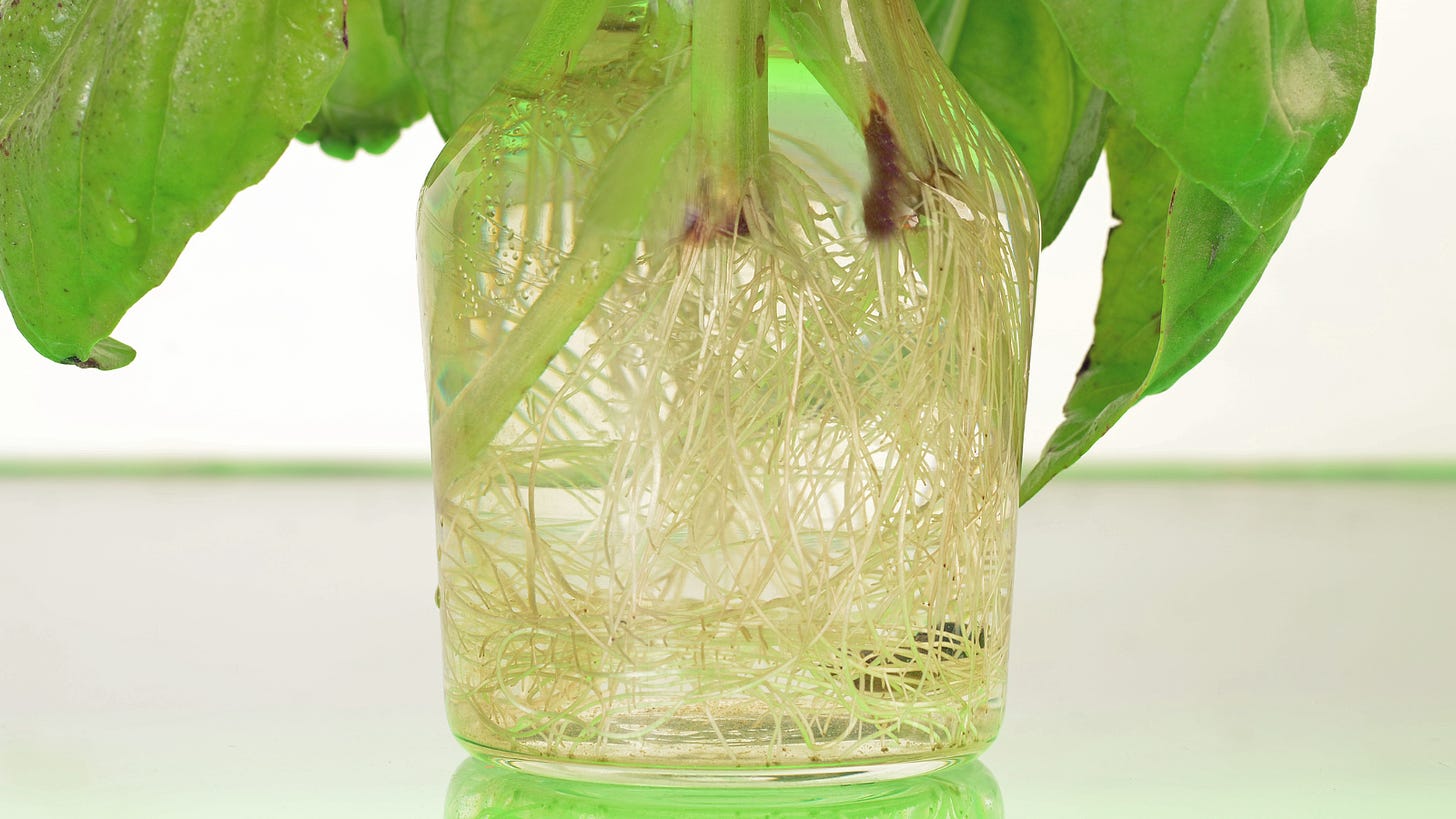
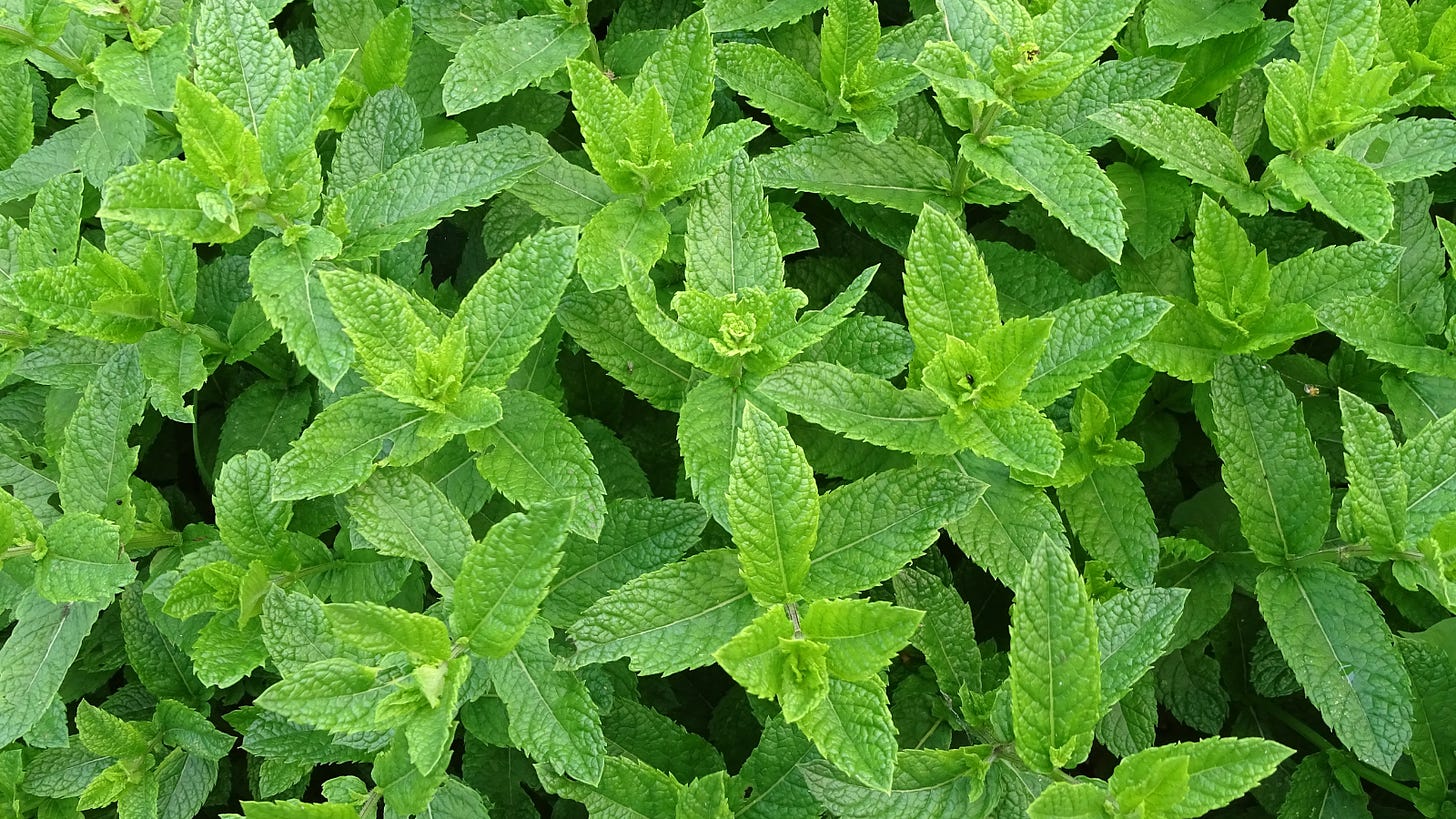
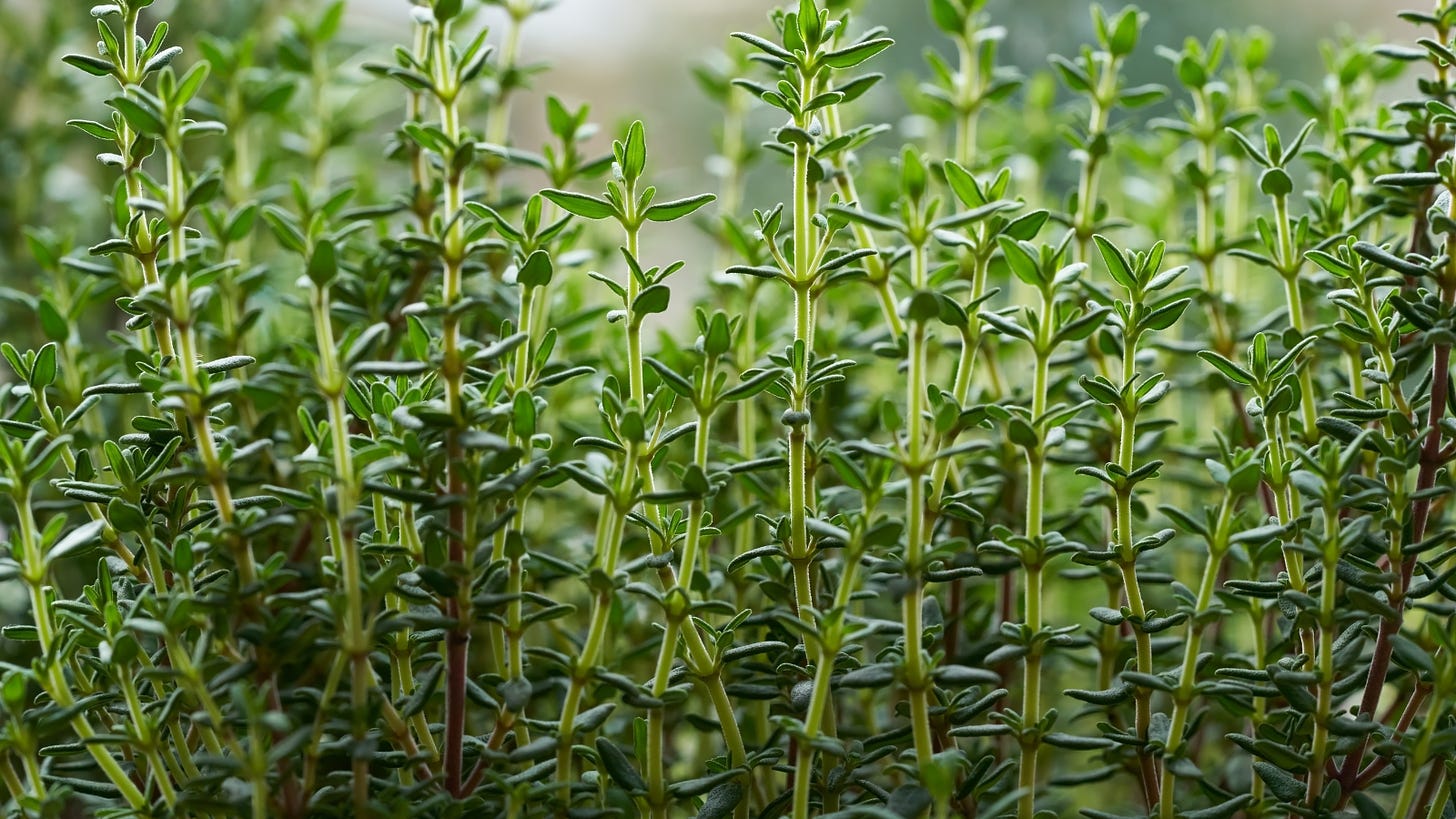
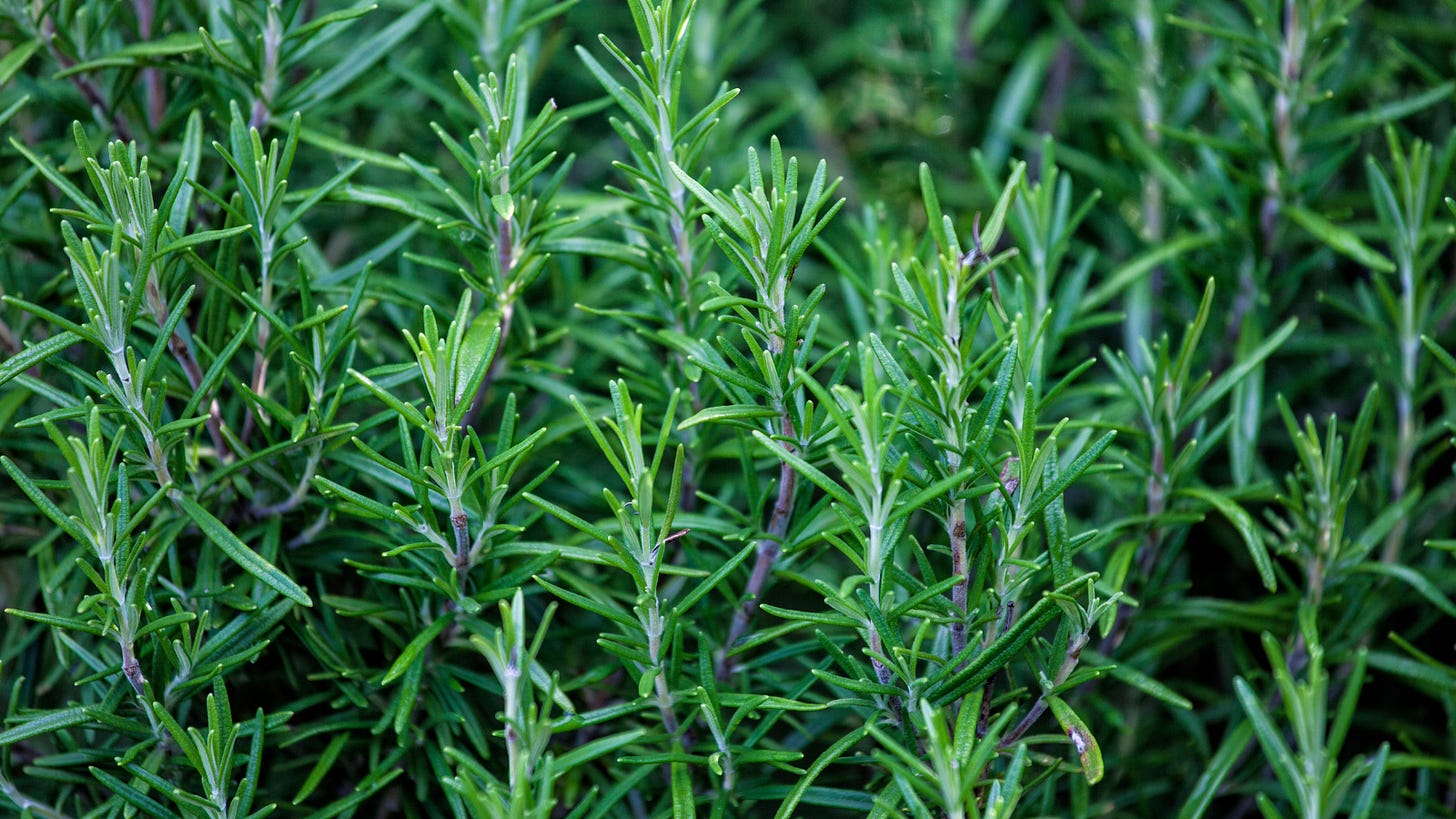
For those of us in colder climates, rosemary won't survive the winter outdoors in the garden. We need to grow it in pots and bring it indoors once hard frosts are coming.